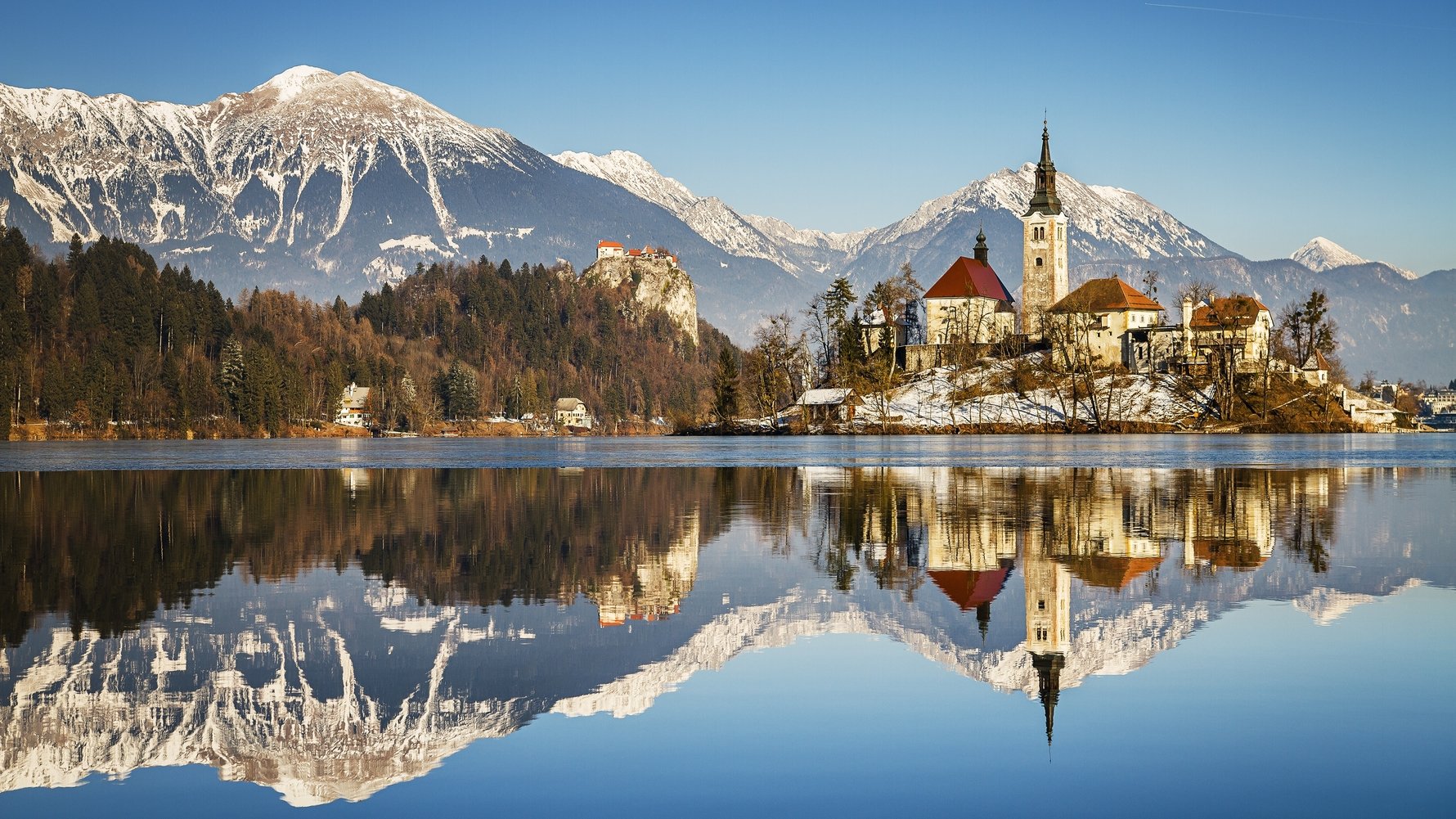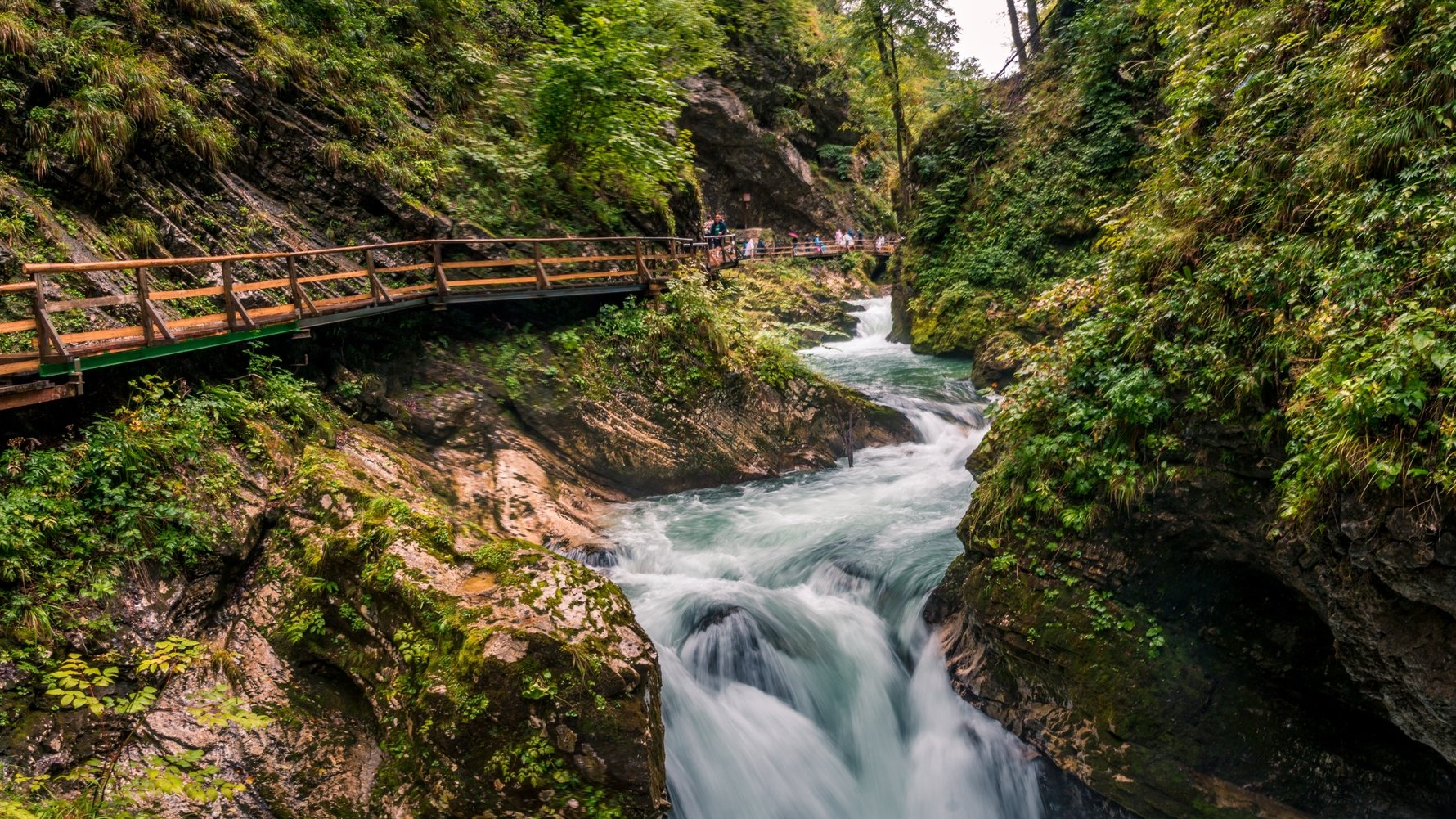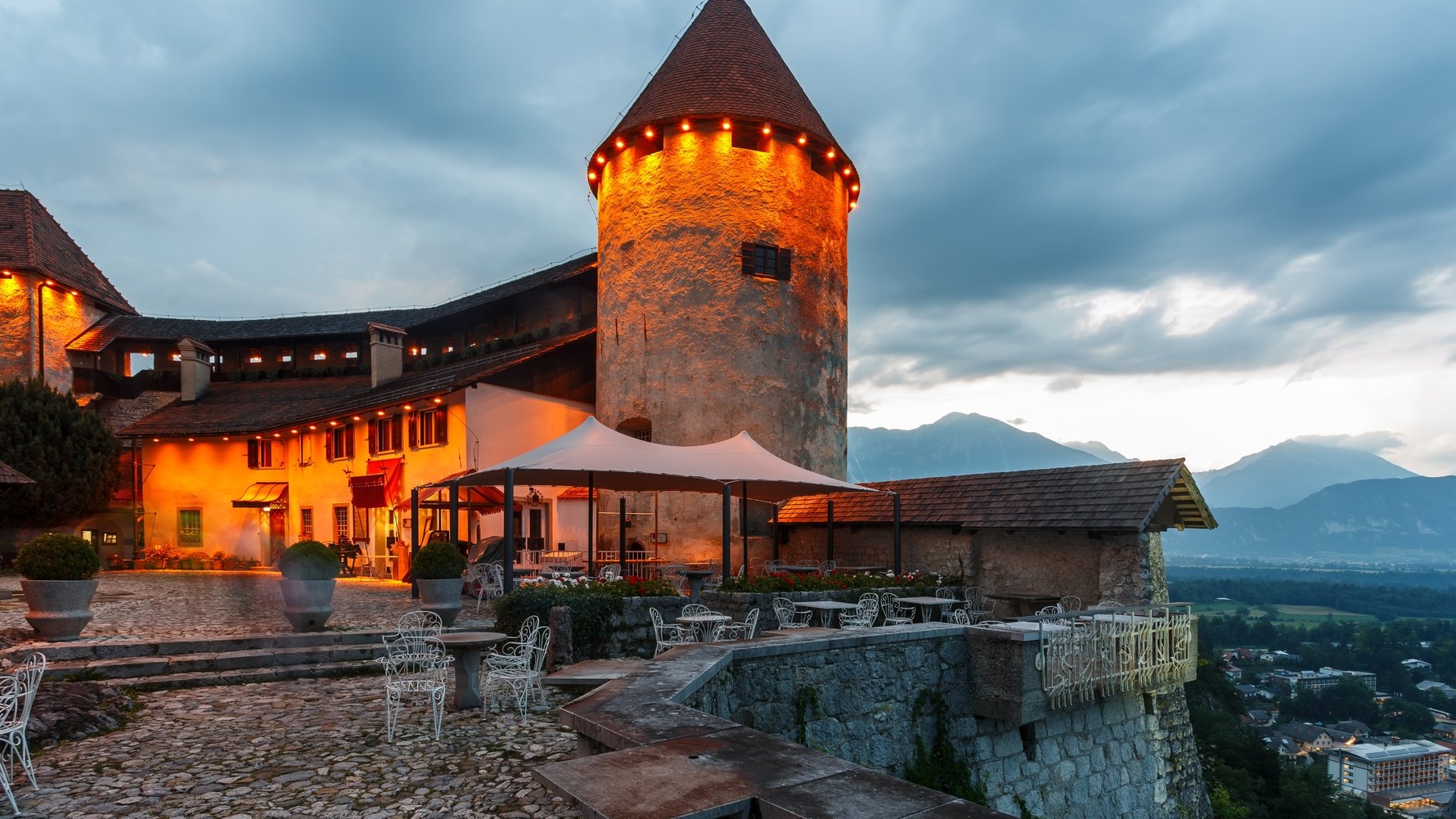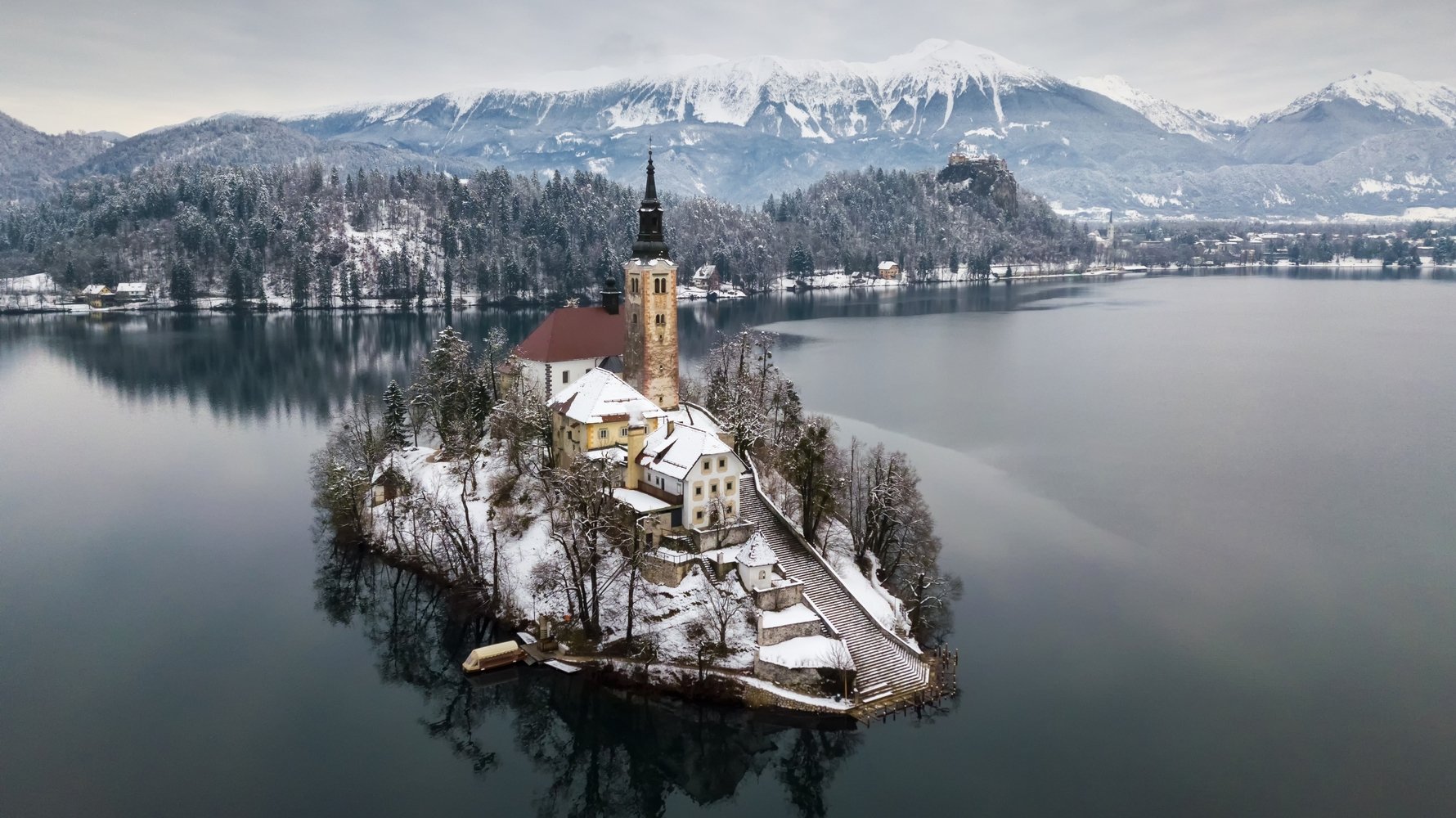Beneath the layer of an already discovered Slavic necropolis at Pristava pod Gradom, archaeologists discovered 80 gravesites from the late Iron Age (800 to 600 BC) - Celtic and Roman finds however, are more modest. Bled was later well populated by the Slavs, who arrived in two waves. The Slavic settlements were most probably located at exactly the same spots where the lakeside villages of Mlino, Želeče, Zagorice, Grad and Rečica formed in the late Middle Ages.

Slavic settlement
The first wave of settlement of the Bled area occurred in the 7th century, the next reached the Bled basin during the 9th and 10th centuries. Discoveries from the first settlements illustrate the culture of the Old Slavic state of King Samo (632 - 658) and the late antiquity traditions in these lands. The discoveries from the second wave of settlement, such as ornaments found in gravesites include enamelled and engraved earrings in the shape of half-moons, circlets, round brooches and iron knives. These artefacts indicate the historical development of Bled up to the 10th century and some of these can be seen on exhibition at the Castle museum.
The Bishops of Brixen
After the fall of the Old Slavic state, Bled with its surrounding area fell under Frankisch (Charlemagne 782) and later German rule. In 1004 the emperor Henrik II divided the lands between the two Sava Rivers, and in 1011 awarded Bled Castle, to Bishop Albuin of Brixen - a photocopy of the original title deed can be found in the collection at the castle. This action was a major turning point in the history of Bled. The keepers of the castle were bonded knights, who upheld feudal authority in the name of the bishops.As a result, great changes occurred in the forming of estates and the settlement of the region. In the middle of the 14th century the Bishops of Brixen gave up direct administration of their properties in Bled and leased them to the chief administrators at the time, the von Kreigh family. Because of encroachment on their rights and brutal treatment and oppression, in 1515 the peasants joined the fight for the "old justice" in a pan-Slovene revolt.
In 1558 a new holder, the Protestant protector Herbert VII of Auersperg, took over the castle. Until the middle of the 18th century the lessors were exclusively aristocratic; later these also included townsmen, but they rarely lived in the castle. In 1803, after 800 years of Brixen rule, Bled passed into state ownership by a decree of the Court Commission in Vienna.

In 1882 Ruard sold the estate to a Viennese wholesale merchant named Adolf Muhr, and in 1919 Bled hotelier Ivan Kenda bought the castle with the lake - for the first time the property passed into Slovenian hands. In 1937 it was taken over by the Associated Commercial Bank and finally bought by the Drava Province. During World War II, Bled was used to house the German military and civil headquarters, and in 1960 it acquired the status of a town.
Tourism in Bled and Arnold Rikli
The first numerous visitors to Bled were pilgrims, coming to see the church on the island of course. Following Valvasor's reporting of the thermal springs in 'The Glory of the Duchy of Carniola' in 1689, numbers of people seeking health benefits here rose, and thus there were several attempts to destroy the springs and/or lake in order to quash this attention, unwanted by certain figures. Alas, they survived, and 'organised' tourism started around the middle of the 1800s.




Comments